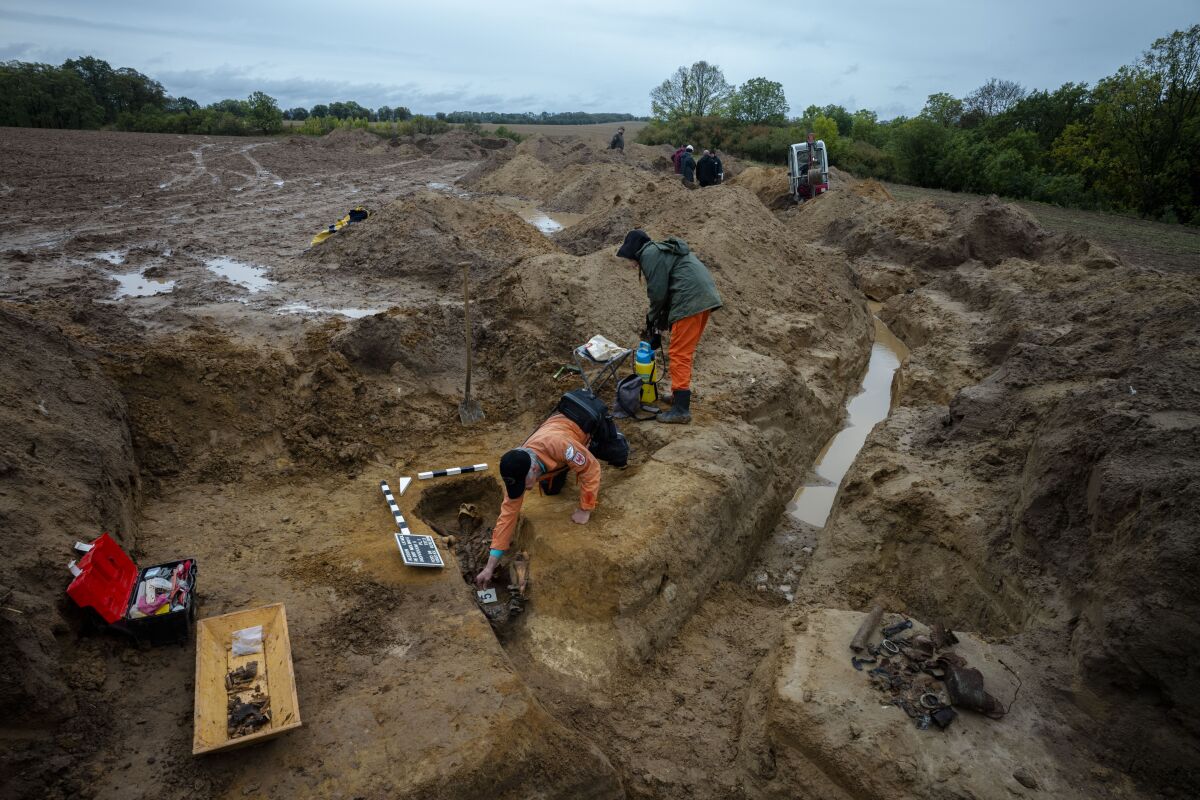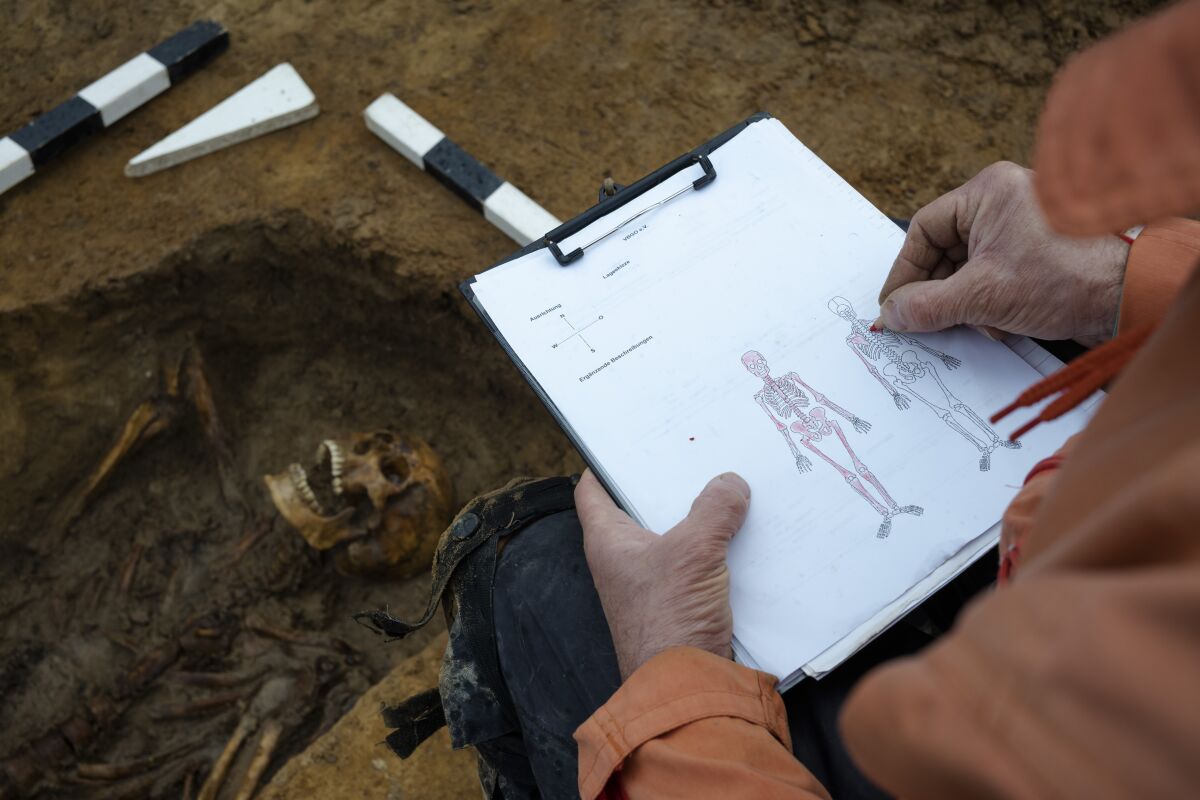Last summer, a series of man-made Viking era caves were discovered southwest of Oddi in southern Iceland dated to the 10th century AD. Excavations have now revealed a massive system of interconnected caves that are both larger and older than previously thought. Much mystery still surrounds the caves and the true purpose for their construction.

The Icelandic Viking Settlement Challenging the History BooksThe Icelandic Theory: Experts Challenge Establishment Dogma to Reveal History of Ivory VikingsSecuring the cave and ensuring it doesn’t collapse on people working in it has been a huge challenge for her team. The texture of the rock is prone to crumbling and the cave is deep, which can lead to dangerous outcomes.
Time is of the essence for the team, who feel any delay would result in the loss of precious artifacts and data. The entire system of man-made caves was not used for very long because they are inherently unstable.

An aerial view of the man-made caves location near Oddi in southern Iceland. (Kristborg Þórsdottir / Iceland Review )
Oddi: Ruled by the Powerful Oddverjar Viking ClanOddi itself is a historically and culturally relevant location that was once home to one of Iceland’s most important political seats, ruled by the powerful Oddverjar clan. The current archaeological study near Oddi has been ongoing for two years now.
So far, a historic church, farm, and vicarage have been unearthed. In fact, when Christianity came to Iceland around 1000 AD, Oddi was one of the first places to build a church.
“There was not any place that could support the making of literary works in the Middle Ages , as Oddi is believed to have done,” said Kristborg. “Although we are not looking for direct evidence of scriptwriting or writing, the study is about looking at the environment and the foundations of the center of power that was there.”

Culturally, Oddi peaked between the 11th and 12th centuries AD, with a vibrant writing culture that coincided with the rise of the Oddverjar clan. The catch is that the current man-made cave under investigation seems to have been buried before this cultural development peak, as evidenced from the study of the cave’s volcanic layers .
The most famous Oddverjar clan member was Sæmundur fróði, or Sæmundur the Learned (1056-1133 AD). Having studied in France, he was one of the earliest chroniclers of history of the Norwegian kings.
Sæmundur the Learned’s grandson, Jon Loftsson, a powerful chieftain himself, gave patronage to Snorri Sturluson, the legendary historian and poet, who is widely recognized as the man behind the chronicling of modern Norse mythology . This partly authored work is called the Prose Edda . He is also responsible for the Heimskringla, a saga of the Norwegian kings, which is likely based on the lost chronicled manuscript written by Sæmundur.

One of the Viking Era caves unearthed near Oddi in southern Iceland. (Kristborg Þórsdottir / Iceland Review )
Mythological Bull’s Cave or Just A Livestock Pen?The cave was likely used for livestock according to Kristborg. It also has a mythological mention in Bishop Þorlákur’s “Legends of Saints,” which dates to the first half of the 13th century. In this fable, it was called Nautahellir, Bull Cave, which collapsed with 12 bulls in it. One of the bulls was rescued from the rubble. Interestingly, even the fable deals with the fragility of the cave!
However, there is still a lot we don’t know about this man-made cave. It was likely used for something else before becoming a livestock pen.

Hidden in the Landscape: The Unique Architectural Heritage of Icelandic Turf HousesArchaeologists Prove That Vikings Rode ‘Stallions’ Rather Than Mares, Especially into The AfterlifeSince the man-made cave network near Oddi is so big, the focus of the study has to be narrow. Kristborg has admitted to it being an almost overwhelming uphill task to deconstruct the historical usage of each cave. With further research, and a bigger crew, should the structures of the cave permit, more will be ascertained about the history of this man-made Viking era cave system. Nonetheless, a lot of information about the technology and traditions of Viking era Icelanders have been understood from this fantastic discovery.
“But then this is a longer and more complex story here in the use of these caves and we are only just beginning to see it, but it is so extensive that we can only look at a small part now. Then we would have to start a much, much larger study here with a much larger crew if we are to get to the bottom of this and trace this story completely, this use history of the caves here,” concluded Kristborg.